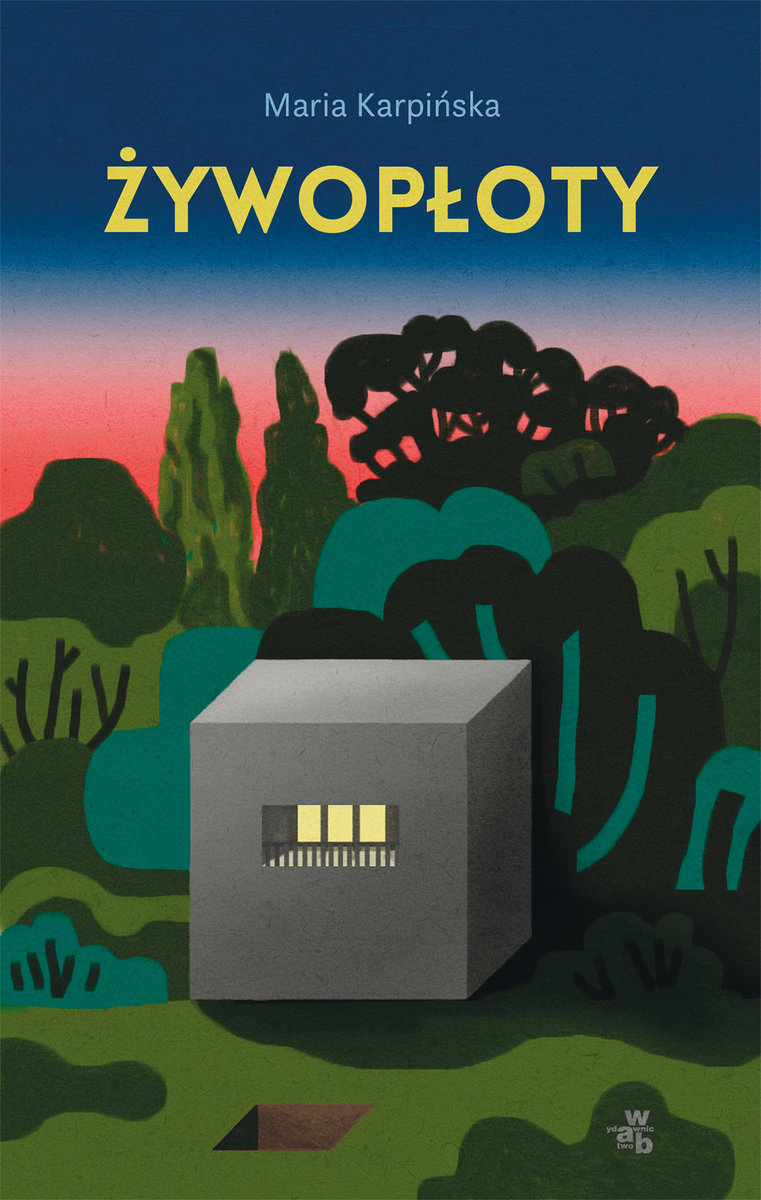Ritratti: Samuel Eilenberg

Eilenberg nacque da una famiglia di ebrei di Varsavia il 30 settembre 1913, quando la Polonia era ancora parte dell’Impero Russo. Ebbe la fortuna di studiare all’università della capitale nella prima metà degli anni ‘30, un periodo fecondissimo per la matematica polacca: in gara virtuosa con la scuola di Lwów, si riunivano nell’ateneo varsovino studiosi del calibro di Stefan Mazurkiewicz, Kazimierz Kuratowski, Wacław Sierpiński, Stanisław Saks e Karol Borsuk. Sotto la guida di quest’ultimo nel 1936 Eilenberg conseguì il dottorato di ricerca, con una tesi sulla topologia del piano.


















